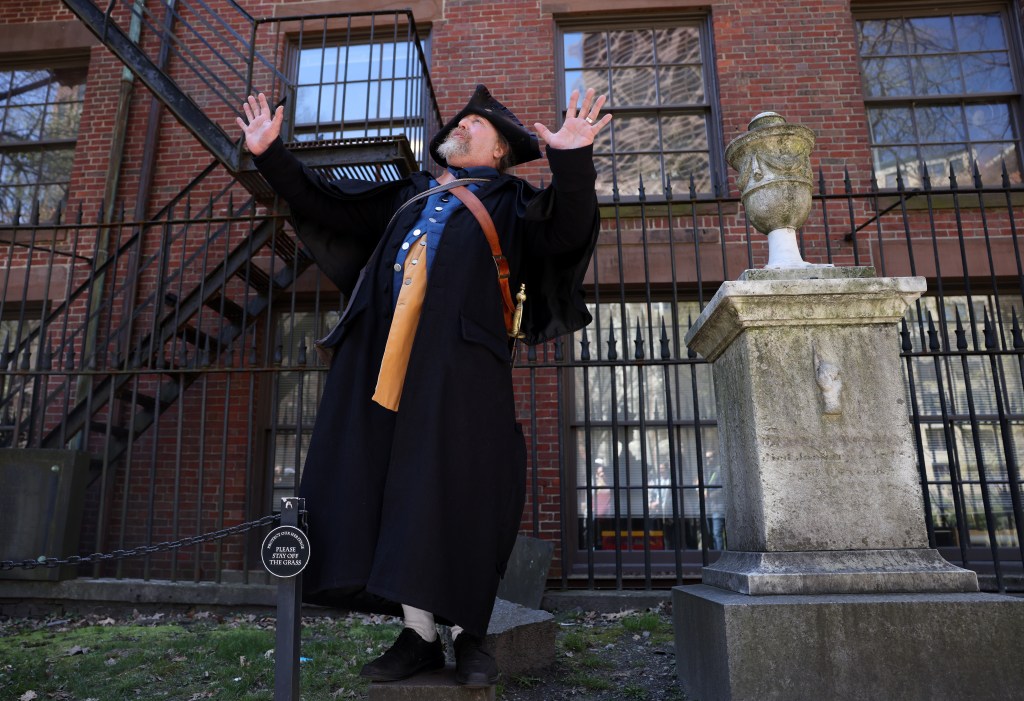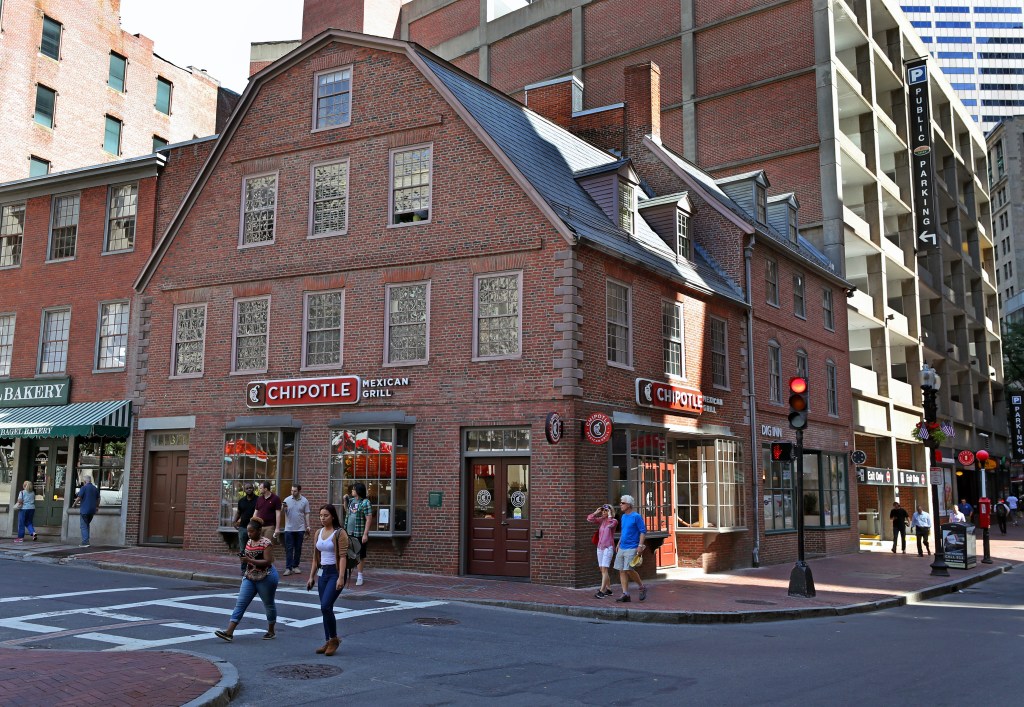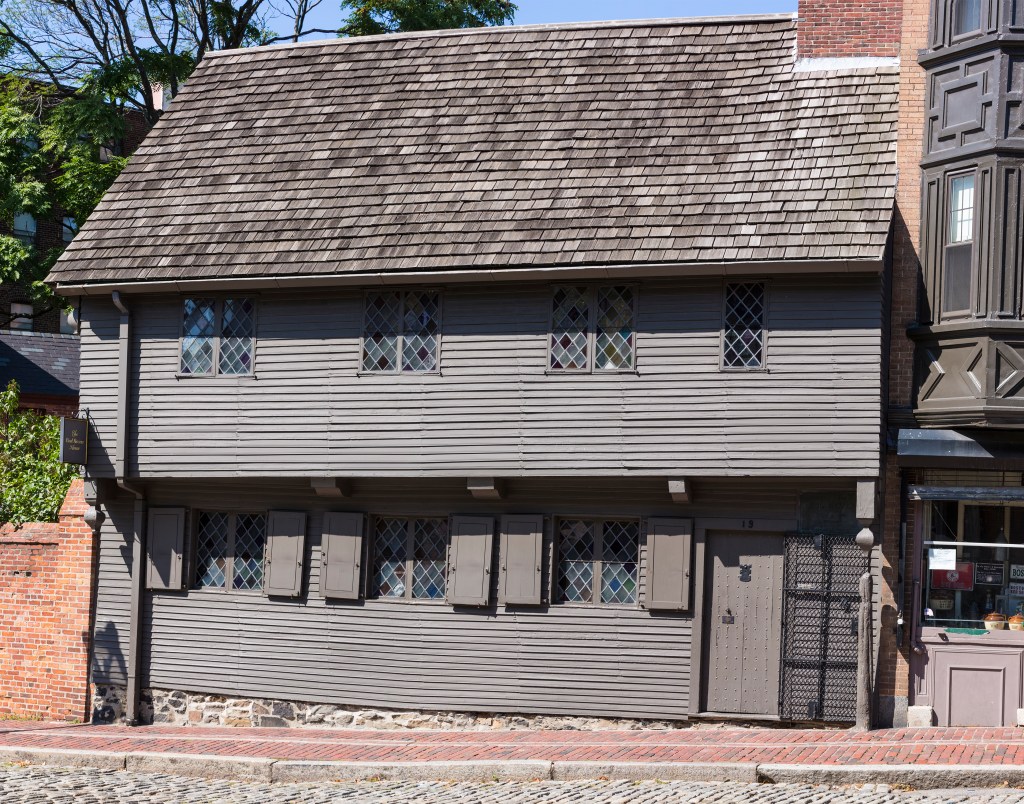The 2025 Jubilee is here, ringing in a time of hopeful reflection for Catholics around the world.
It’s the trip of a lifetime for those who planned ahead of time. Still, that doesn’t mean all you need to do is buy tickets, reserve a hotel, and show up.
With pilgrims piling into Rome alongside over 30 million tourists this year, the city will be a madhouse even more than usual. Tourists who take expert tips to heart on how to navigate the jubilee will still face massive crowds and long waits.
Even those who escape to nearby towns and cities might be in for crowds, too. For example, Assisi is one of the best destinations close to Rome… but it will also be overrun with pilgrims throughout the year. (And especially during the spring and summer rush.)
What’s the best way to get into Rome’s top jubilee destinations and then retreat back to solace? Let an experienced, well-connected tour guide chauffeur you around in a golden haze of peace. (Or, at least, as close to a golden haze of peace as possible in a city like Rome.)
Your best bet at enjoying the jubilee to its full capacity is booking a city tour with a local expert. Skipping the line is just the beginning for those who sign up with the right agency.
Want an unmatched experience on your trip to Rome this year? I’ve got a jubilee tour company for you.
At a glance: top 5 Jubilee tour companies in Rome
- Best luxury tour provider: Great Italy
- Best DIY option: The Vatican Tickets
- More than just the Jubilee: Tourist Italy
- Most affordable tour company: Liv Tours
- The pilgrim’s pick: 206 Tours
Top Jubilee tour providers for a perfect trip to Rome
Best luxury Jubilee tour group: Great Italy
Want total customization over your trip? One of the best options out there is Great Italy. The luxury tour group specializes in crafting itineraries across Italy.
They also offer a private jubilee tour of Rome that runs for four days, taking you inside the most popular sites without neglecting Rome’s non-Catholic history.
In other words, you’ll get a bit of everything with their four-day tour package. It’s also customizable in case you have any specific requests. They also hammer out all the other details of your stay, from luxury hotel rooms to four-course meals.
Best DIY option for a Jubilee tour: The Vatican Tickets
Want to do the jubilee at your own pace? Book a tour with Headout, the authorized and trusted tour booking partner of The Vatican.
The Vatican Tickets offers a straightforward setup that lets you select a program that’s right for you, whether you want to stick to St. Peter’s Basilica or bundle in trips to St. Callixtus and Castel Sant’Angelo.
Headout is a great option for budget travelers, as well. Some options are as cheap as around $70. Just make sure you read each tour’s description closely; some come with audio guides, while others include official tour guides.
And be mindful that these tickets are only for The Vatican; if you want to see other sites, you need to book a separate tour.
More than just the Jubilee: Tourist Italy
If you’re looking to bundle a jubilee tour with an escape from Rome, look no further. Tourist Italy is a popular pick for travelers heading around the country—and that expertise can help you bundle a trip to Rome and the Amalfi Coast in a single go.
They offer an 11-day Rome Jubilee & Amalfi Coast tour that takes all the legwork out of seeing both sites. If you’d rather stick to the capital city, there’s also an 8-day romp around Rome.
Regardless, you’ll have access to expert tour guides that offer personalized service.
Most affordable tour company: Liv Tours
Want a private tour of the jubilee without going over budget? Liv Tours is a perfect choice. Though the private tour isn’t cheap by any means, it’s a lot more affordable than other options I’ve seen over the last few months.
Their private experience includes access to all three Holy Doors outside the Vatican and private transportation via chauffeur. (You need to book separately to see St. Peter’s Basilica in the Vatican—which you can do via The Vatican Tickets, above.)
That makes this tour perfect for tourists and pilgrims alike. Whether or not you’re personally interested in the history of the jubilees or touching the four Holy Doors, there’s something for you. The tour includes plenty of discussions on art history, papal history, and more.
The pilgrim’s pick: 206 Tours
If you want to dive straight into the holy sites dotting Rome, go with 206 Tours. 206 Tours specializes in Catholic pilgrimage-based travel, from El Camino in Spain to shrine tours of Canada.
That means you can expect a highly niche and spiritual experience that’s guided by faith-driven itineraries around the city—ones that are led by priests, fathers, deacons, and other Catholic leaders.







